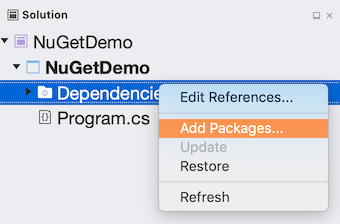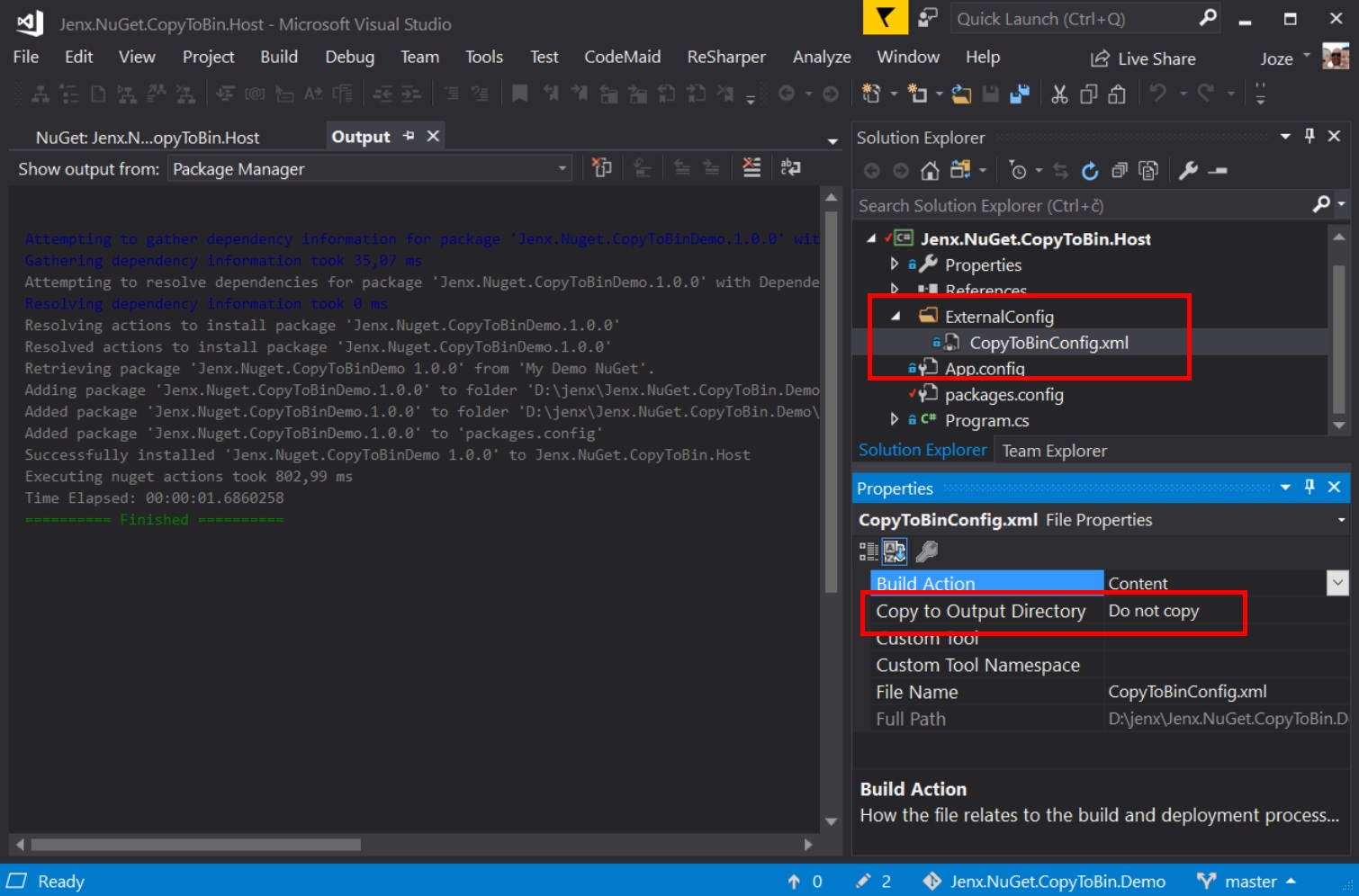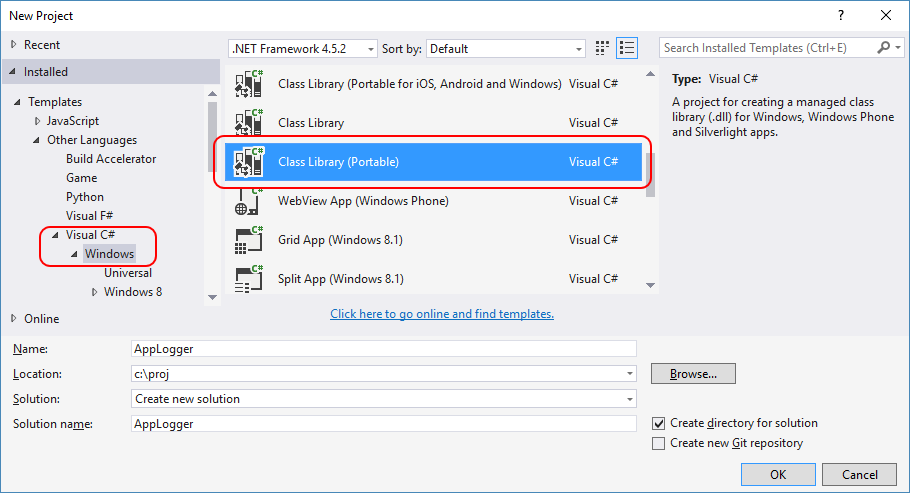
- #Create nuget package and visual studio for mac how to
- #Create nuget package and visual studio for mac update
- #Create nuget package and visual studio for mac code
New library and old library start the same but then continue independent of each other NET platform, and you’ve got a whole new library without altering or removing the old one.įramework and 5/6+ applications that will coexist in the mid-to-long-term After copying, you can migrate in your libraries, target the new.
#Create nuget package and visual studio for mac code
Like choosing File > Save As on a Microsoft Word document before making changes, “forking” copies all the same source code into a separate repository. When migrating, you version the “old” library 3.1, and you version the “new” to 5.0. This library could be updated with minimal changes when migrated. uses MVC technology, which can be migrated to 5/6+. In an emergency situation, you can essentially to go “back in time” and create a new version of an old library-essentially, you “fork after the fact.” Example But perhaps more importantly, it provides enough versions between old and new to allow rollbacks. Using a big version bump (for example, Kramerica.Utils 2.6 up to Kramerica.Utils 5.0) communicates to consumers that there is a significant difference between the libraries. When you retarget, fix the code errors, and publish the “new” library, use a significantly higher major version number. This option is also appropriate for libraries only being consumed by a very small number of applications.
#Create nuget package and visual studio for mac update
If you’re going to be migrating ALL your applications in a short amount time, it’s fine to update your old libraries and migrate to the new all at once. NET Framework library’s last version number and the first. Must maintain the original library until the new is released Leaves room to “fork after-the-fact” in emergencies (i.e., you can roll back to an older version) NET 5/6+ but some old applications using. NET 5/6+ while keeping some “room” in the version numbers for emergency releases. “Updating” your libraries means migrating from. Just maintain minimally and only as needed. NET 5/6+, there is no point migrating that library. Perhaps you have a library called that you use only in WCF-based applications. LINK Web Forms applications are a great example. There will be many applications and libraries at your organization that use “old” technology, but which will persist indefinitely without needing to be rewritten. “Abandon” is appropriate for a library that makes heavy use of technologies deprecated or not part of. NET 5/6+ and will be only usable on an unsupported OS once the operating system goes out of supportĬontinue maintaining the library minimally and only as needed NET Framework library forever, receiving only small updates over the course of its lifetime. If you have no plan to ever move your library to. We start with the simplest option, but keep in mind that you must assess your applications, libraries, and migration plans to determine which option is best in each case.
#Create nuget package and visual studio for mac how to
In this article, we explain what each option entails, when you might want to choose it, and how to execute on that option.


NET platform: abandon, update, fork, multi-target, or bridge. There are five options for migrating your libraries to target a new. Therefore, how can you possibly migrate your libraries from. You can’t migrate your existing applications until you migrate your libraries.

You likely have many applications and a lot of libraries, all in different lifecycle stages, ranging from ancient to still-being-planned. NET Core “vNext” (.NET 5/6+) is complicated. Choose between five migration methods: abandon, update, fork, multi-target, or bridge. Choosing how-or even whether-to migrate your NuGet package libraries from.


 0 kommentar(er)
0 kommentar(er)
